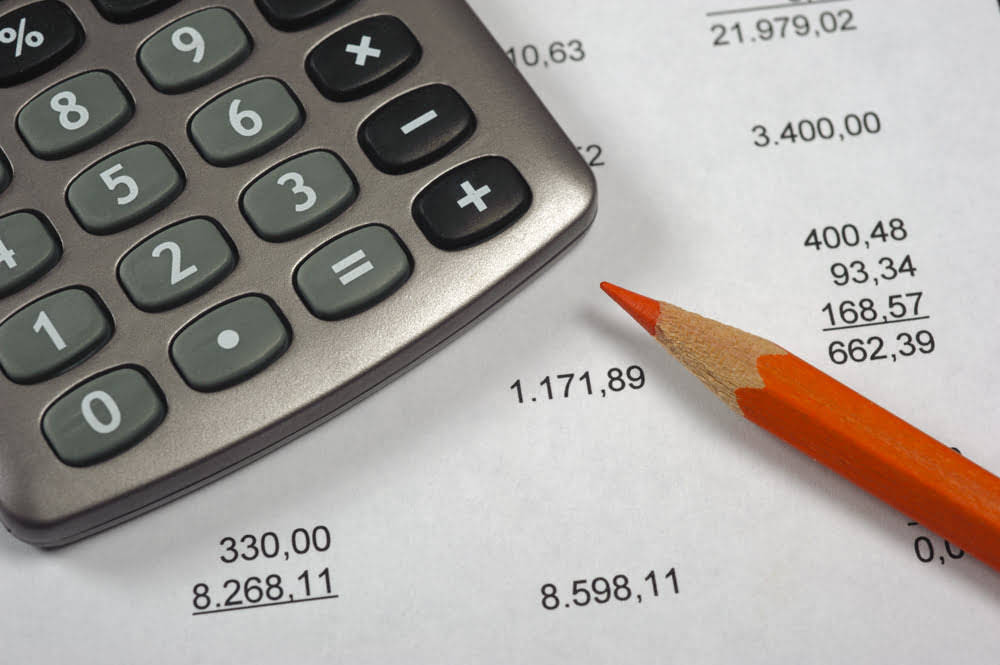These apps can enhance the native blocking functionality of the iPhone, providing additional options for users to customize their call and text blocking preferences. There are various third-party apps available for iPhone users to block calls and texts from specific numbers. These apps provide additional features beyond the native blocking capabilities of the iPhone.
Securing your privacy beyond blocking: The Role of a VPN
- Go to the Contacts app → select the contact you want to block → scroll down, and select Block this Caller → Block Contact.
- By blocking a contact, you can ensure that they are unable to contact you through phone calls, messages, or FaceTime.
- If one has reached a point where one has to block someone on iMessage, it still becomes hard for the person to send you messages, though you will not receive them.
- These apps provide additional features beyond the native blocking capabilities of the iPhone.
Once you’ve done this, the person will no longer be able to contact you through calls, messages, or FaceTime. And on the sender’s end, the messages will not be marked as ‘Delivered’. They will be charged for the text message(s) by their network carriers, and the text will be sent. However, because you’ve blocked the person, their texts will not be delivered to your iPhone. Nevertheless, this does not necessarily mean that they have been blocked since the message can fail to go through for other reasons such as a weak internet connection.
Blocked phone calls go straight to voicemail
When two iMessage users text each other, the message status shows “Delivered” when it arrives. Embracing the full extent of what happens when you block someone on iPhone empowers individuals to navigate their virtual relationships with confidence and assert their boundaries when necessary. By recognizing the impact of this action, users can foster a more secure and respectful online community, promoting healthy and positive digital engagement. Moving forward, a comprehensive understanding of blocking on iPhone equips users with the knowledge needed to navigate the complexities of digital communication effectively. Moreover, if you’re worried about the person finding out they’ve been blocked, they might notice some indirect signs.
Calls or Messages From Other Apps
Your device is essentially just not notifying you when that person tries to call, FaceTime, or send a text. Basically, it serves as the equivalent of being on Airplane Mode, but only toward specific phone numbers. As soon as you block someone on iPhone, they lose the ability to text or call you. The person you blocked will not realize you blocked them when they try to call you.
- Their device will continue ringing (on their end) until the blocked person eventually hangs up the call.
- They will be able to send you messages, make calls, and initiate FaceTime sessions, similar to any other contact on your device.
- By unblocking someone on iMessage, you give them the ability to contact you through the iMessage platform once again.
- When you block someone on iPhone, the action extends to both FaceTime and iMessage.
- Look for the name or number of the person you want to unblock and tap on the “Edit” button or the red minus sign beside the contact’s name.
What Happens If I Mute Someone On iMessage
In FaceTime, the blocked contact will not see when you’re available for a call and won’t be able to initiate one with you. Similarly, in iMessage, any messages sent by the blocked contact will not be delivered to your phone, and they won’t be notified that they’ve been blocked. One of the benefits of blocking someone on your iPhone is that it can help you avoid unwanted communication or harassment. It provides peace of mind and a sense of control over who can contact you.
Keep in mind that unblocking someone on iMessage does not automatically when you block someone on iphone restore any previous messages or conversations you may have had with that person. Those previous communications will still be hidden or inaccessible, depending on whether you have deleted the conversation or not. It’s important to remember that while the blocked person can see your iMessage status, they cannot directly reach out to you through iMessage. Any messages they send will not be delivered to your device, and they will not receive any indication that their messages were undelivered.
Overall, blocking someone on your iPhone can be a useful tool for managing your digital interactions and safeguarding your peace of mind and well-being. Now that we’ve covered the basics, let’s delve into some additional details. When you block someone on your iPhone, it’s not just their calls that are affected. Their messages won’t show as “delivered,” and if they try to FaceTime you, it will ring endlessly on their end without ever connecting.
Video Tutorial:What does the other person see when you block their texts?
However, it’s important to note that blocking someone does not remove them from your contacts list or delete past message threads; it simply prevents any future communication. Open the Mail app → select any mail from the sender you want to block → tap the contact info from the top → tap Block this Contact and then Block this Contact again to confirm the action. In some cases, you may choose to leave the group chat altogether if the presence of the blocked person or the group dynamics become uncomfortable or unwanted. Leaving the group chat ensures that you won’t receive any further messages from the blocked person and allows you to disengage from the conversation entirely. Whether it’s for privacy, security, or personal reasons, understanding the full scope of this action is essential. From calls and messages to social media and apps, the consequences of blocking someone go beyond the immediate disconnection.
How to Create Videos From Text Advanced Software and Online Tool
We simplify the complex, offering diverse guides, troubleshooting tips, and insightful articles. Our passionate team of tech enthusiasts brings you reliable information, ensuring you navigate the ever-evolving world of technology with confidence. Before we dive into the intricacies of what happens after you block someone, let’s go over the steps to actually block someone on your iPhone. It’ll go on like this until the blocked caller gives up and stops trying to call. When you block someone’s number, your iPhone doesn’t care who it is — their phone number will be completely shut out of your life. Next, scroll down and select Block this Caller → Block Contact again to confirm the action.
If a stranger contacts you without permission or someone crosses a boundary, you can block that person. As a result, smartphones are a cornerstone of the debates regarding personal privacy. Lifehacker has been a go-to source of tech help and life advice since 2005. Our mission is to offer reliable tech help and credible, practical, science-based life advice to help you live better. SoftHandTech is your tech companion on the journey to digital enlightenment.









